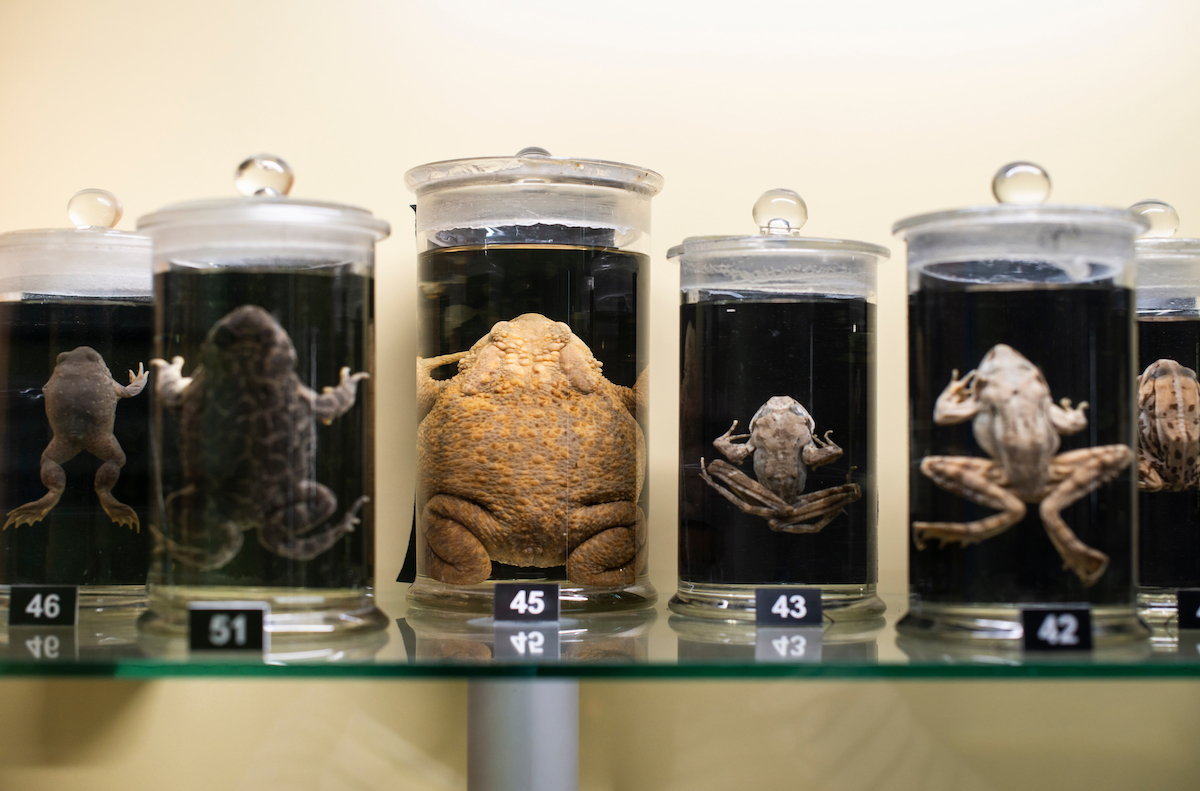biotechnology
Scientists Build Robots From Living Frog Cells: Is This a New Form of Life?

A book is made of wood. But it is not a tree. The dead cells have been repurposed to serve another need.
Now a team of scientists has repurposed living cells – scraped from frog embryos – and assembled them into entirely new life forms. These millimeter-wide “xenobots” can move toward a target, perhaps pick up a payload (like a medicine that needs to be carried to a specific place inside a patient) – and heal themselves after being cut.
“These are novel living machines,” says Joshua Bongard, a computer scientist and robotics expert at the University of Vermont who co-led the new research. “They're neither a traditional robot nor a known species of animal. It's a new class of artifact: a living, programmable organism.”
This research, for the first time ever, “designs completely biological machines from the ground up,” the team writes in its new study.
Then the team at Tufts, led by Levin and with key work by microsurgeon Douglas Blackiston – transferred the in-silico designs into life. First, they gathered stem cells, harvested from the embryos of African frogs, the species Xenopus laevis. (Hence the name “xenobots.”)
These were separated into single cells and left to incubate. Then, using tiny forceps and an even tinier electrode, the cells were cut and joined under a microscope into a close approximation of the designs specified by the computer.
Assembled into body forms never seen in nature, the cells began to work together. The skin cells formed a more passive architecture, while the once-random contractions of heart muscle cells were put to work creating ordered forward motion as guided by the computer's design and aided by spontaneous self-organizing patterns – allowing the robots to move on their own.
Many technologies are made of steel, concrete or plastic. That can make them strong or flexible. But they also can create ecological and human health problems, like the growing scourge of plastic pollution in the oceans and the toxicity of many synthetic materials and electronics.
“The downside of living tissue is that it's weak and it degrades,” Bongard said. “That's why we use steel. But organisms have 4.5 billion years of practice at regenerating themselves and going on for decades.” And when they stop working – death – they usually fall apart harmlessly. These xenobots are fully biodegradable. When they're done with their job after seven days, they're just dead skin cells.”
Both Levin and Bongard say the potential of what they've been learning about how cells communicate and connect extends deep into both computational science and our understanding of life.
“The big question in biology is to understand the algorithms that determine form and function,” Levin said. “The genome encodes proteins, but transformative applications await our discovery of how that hardware enables cells to cooperate toward making functional anatomies under very different conditions.”
To make an organism develop and function, there is a lot of information sharing and cooperation – organic computation – going on in and between cells all the time, not just within neurons. These emergent and geometric properties are shaped by bioelectric, biochemical, and biomechanical processes “that run on DNA-specified hardware,” Levin said, “and these processes are reconfigurable, enabling novel living forms.
“As we've shown, these frog cells can be coaxed to make interesting living forms that are completely different from what their default anatomy would be,” Levin said.
He believes that building the xenobots is a small step toward providing a deeper view of the overall way organisms are organized – and how they compute and store information based on their histories and environment.
Many people worry about the implications of rapid technological change and complex biological manipulations.
“That fear is not unreasonable,” Levin said. “When we start to mess around with complex systems that we don't understand, we're going to get unintended consequences.”
© Copyright, 2020, Wallowa County Chieftain (Enterprise, OR). All Rights Reserved.















